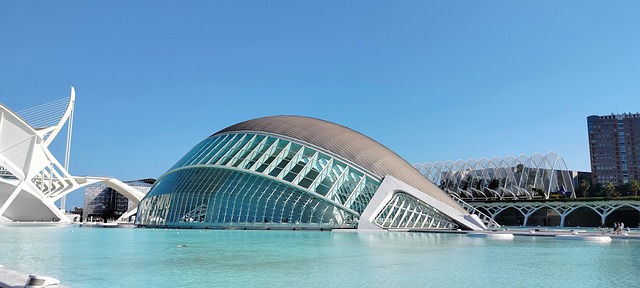In a world that increasingly blurs the lines between the real and the digital, the concept of immersive groups has come to the forefront of our interactions. These groups utilize groundbreaking technologies like Virtual Reality (VR), Augmented Reality (AR), and the Metaverse to foster connections that are deeply engaging, transcending geographic boundaries and creating shared experiences that resonate on a profound level.
Virtual Reality immerses users in a completely digital environment, allowing them to step into alternate realities where they can interact with diverse groups in innovative ways. Within VR spaces, individuals can break away from the constraints of the physical world, exploring intricate virtual landscapes, attending concerts, or engaging in collaborative work with others, all while feeling a sense of presence as if they were actually there. This degree of immersion not only enhances social interaction but also fosters a sense of community among participants who might otherwise never cross paths.
On the other hand, Augmented Reality enhances the real-world environment by overlaying digital information seamlessly onto it. Imagine sitting in a café with friends, yet each of you is seeing different interactive content on your mobile devices or AR glasses. This technology brings an exciting layer of interaction, creating dynamic social experiences where information is shared and exchanged in real time. Within immersive groups, AR encourages collaboration, whether it’s brainstorming ideas or playing interactive games, thereby deepening connections in ways that traditional face-to-face interactions sometimes cannot.
At the intersection of these technologies lies the concept of the Metaverse—a collective virtual shared space that is still being defined but promises to be a game-changer in how we connect and interact. The Metaverse is not merely a single virtual environment; it encompasses a multitude of interconnected landscapes filled with opportunities for immersive socialization and collaboration. In this digital cosmos, immersive groups can gather for meetings, social events, or even educational purposes, bringing individuals from diverse backgrounds together in a way that fosters understanding and shared experiences.
As we continue to explore the potential of these immersive technologies, it becomes evident that they are shaping the future of human interaction. The ability to connect with others in a fully immersive environment is transforming the way we perceive friendships, communities, and even professional networks. The emotions that arise from shared experiences in digital realms can be just as powerful as those felt in the physical world, often leading to lasting bonds that transcend distance.
Whether you’re a gamer immersed in a virtual quest, a professional collaborating on a project in AR, or an adventurer exploring the vast landscapes of the Metaverse, the concept of immersive groups is revolutionizing our social fabric. With each passing day, it becomes clearer that these technologies are not just tools; they’re gateways to rich, meaningful connections that celebrate the human spirit in ways we are only beginning to understand.



